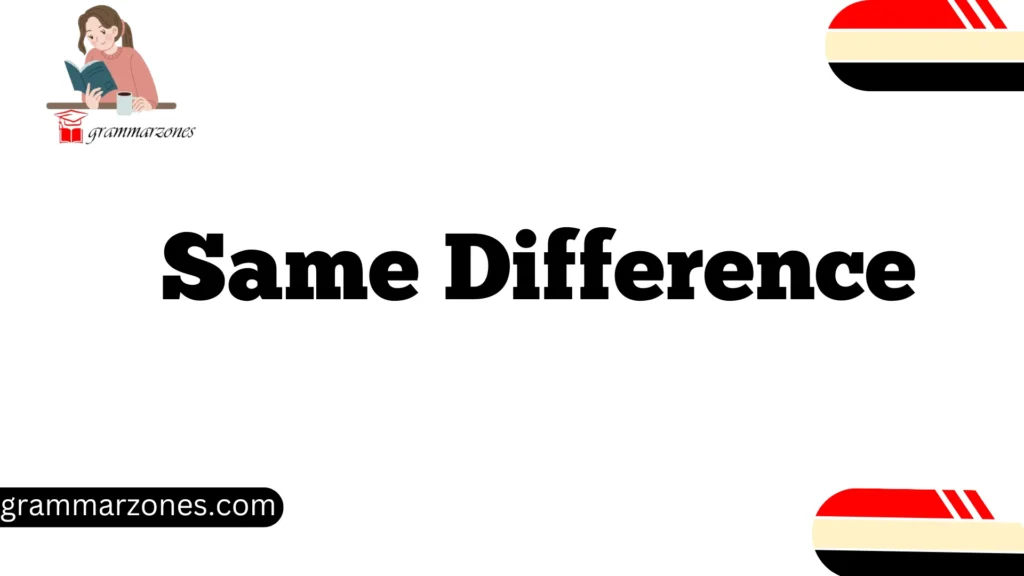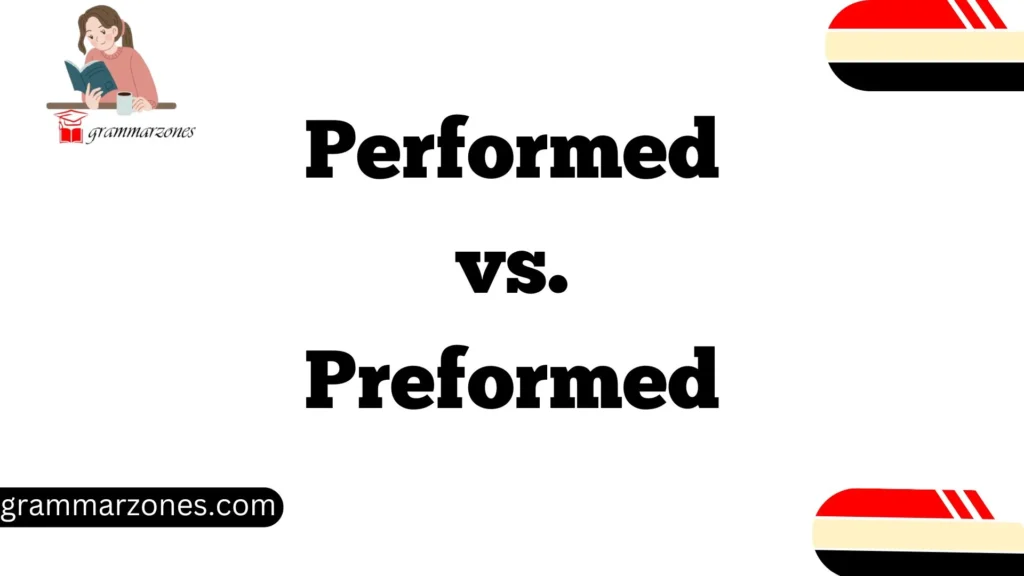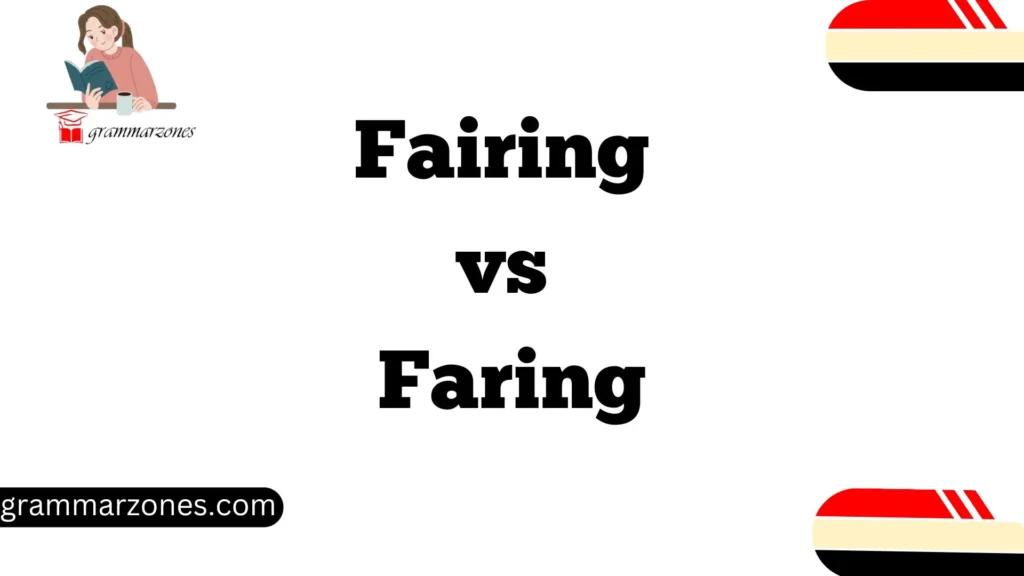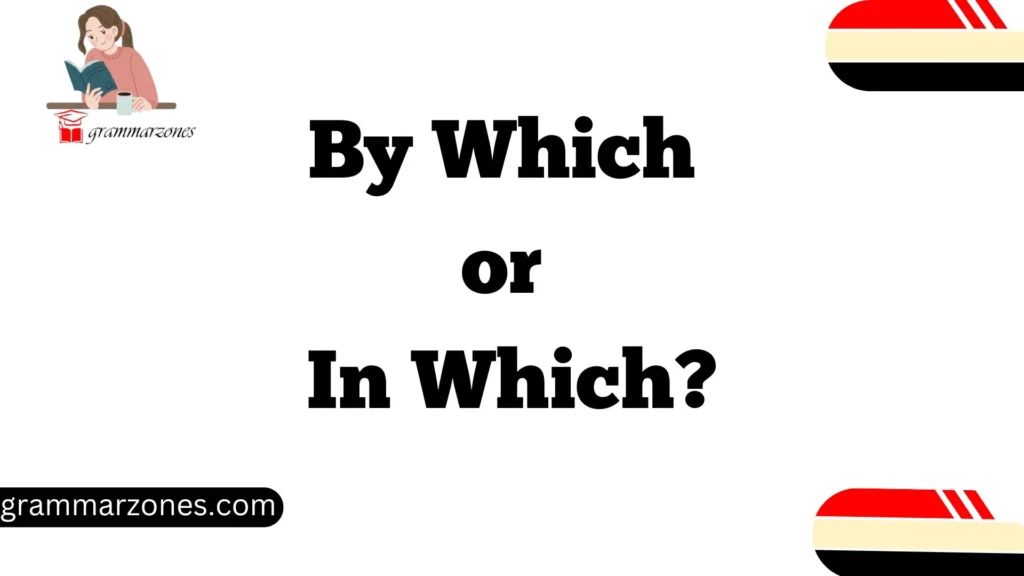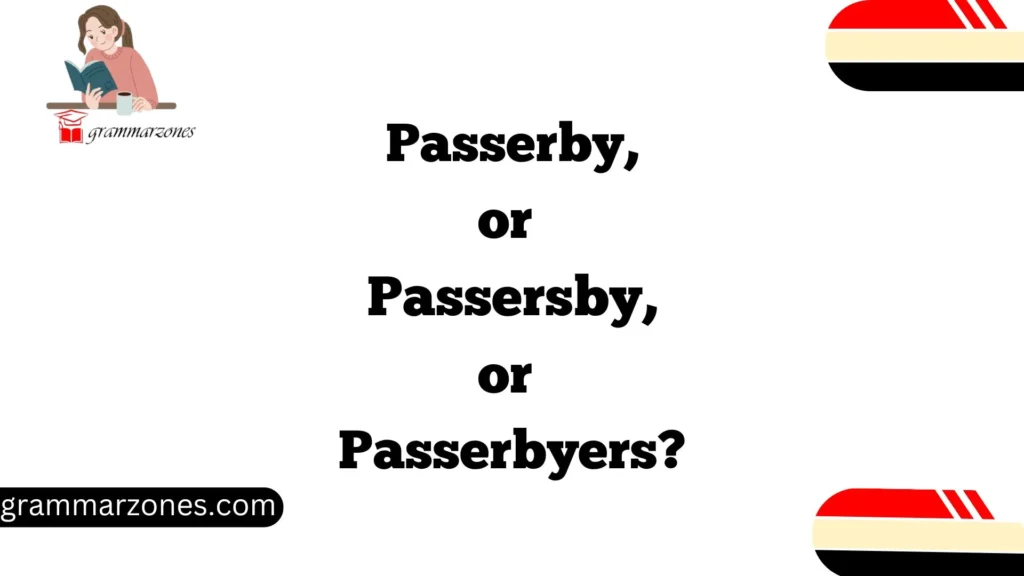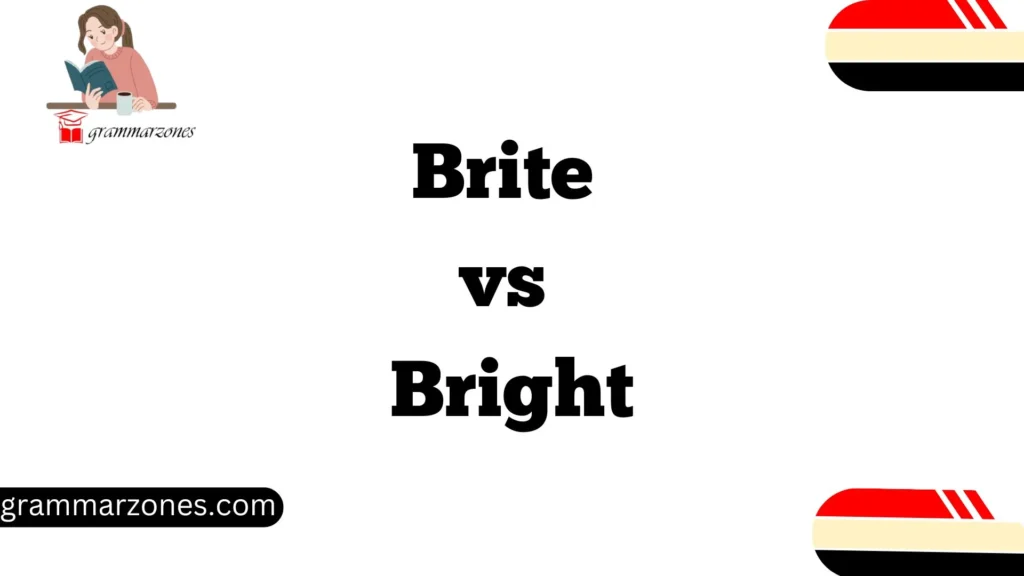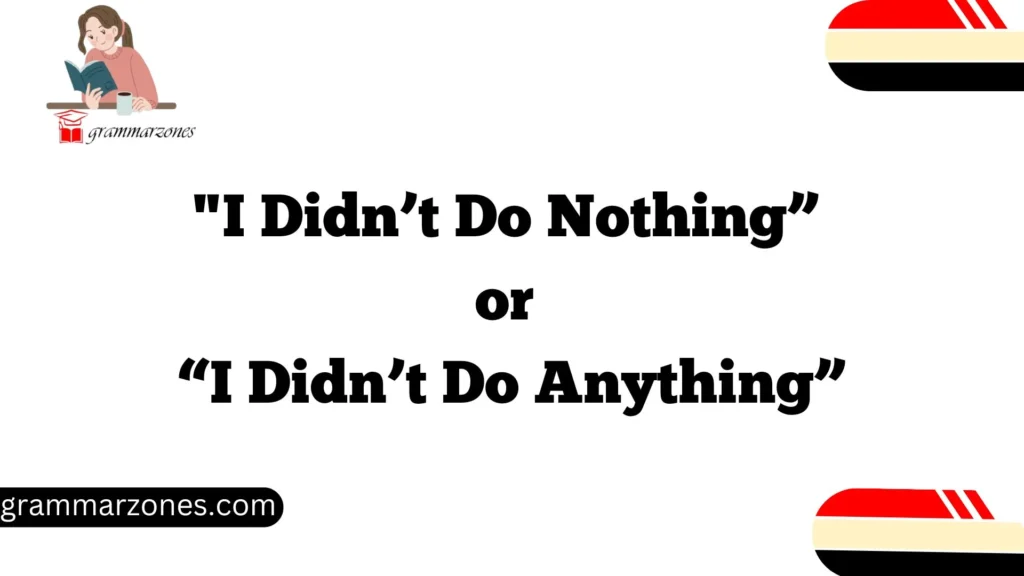We’ve all heard the phrase “same difference” tossed around in casual conversations, debates, and even friendly banter. But have you ever wondered what it truly means or where it comes from?
Is it a logical statement, or is there a deeper, more nuanced understanding behind it? If you’ve ever been puzzled by the expression or used it in a way that didn’t quite fit, you’re not alone.
In this article, we’re diving deep into “same difference”, unpacking its meaning, origin, and offering practical tips on how to use it like a native speaker.
Whether you’re looking to sound more natural in English, or just curious about a phrase you’ve heard too many times, you’ll find this guide helpful and informative.
What Does “Same Difference” Actually Mean?
Before jumping into the usage or origin of this idiom, let’s first understand what it means. The phrase “same difference” might sound contradictory at first. After all, how can two things that are the “same” also be “different”? Well, the answer lies in the nuanced nature of language.
In most cases, “same difference” is a sarcastic or dismissive way of saying that two things are essentially identical, despite appearing slightly different. It’s used when someone points out a small distinction between two things that doesn’t really matter in the grand scheme of things. The tone is often informal, and it’s more about brushing aside trivialities than providing a detailed comparison.
For example:
- Person A: “You’re driving a Honda, I’m driving a Toyota.”
Person B: “Same difference.”
In this case, Person B is essentially saying that both vehicles are similar enough that the difference doesn’t really change anything of significance. It’s a subtle way to downplay the importance of the comparison.
The idiom can also be used in work-related contexts, where someone is trying to downplay minor distinctions or differences in procedure that ultimately have no bearing on the outcome.
For example:
- Person A: “You used a semicolon instead of a period.”
Person B: “Same difference — it’s still grammatically correct.”
Here, Person B dismisses the minor issue of punctuation and focuses on the larger point — the sentence is still correct regardless of the minor error.
So, while it may sound contradictory at first, the core idea behind “same difference” is simple: minor differences don’t really matter, and both options, despite their subtle variations, are essentially the same.
Origin and History of the Idiom
The idiom “same difference” has a rather informal history, with its exact origins a bit unclear. However, most language experts agree that it likely emerged in American English during the late 19th or early 20th century.
The expression evolved as a way to emphasize the irrelevance of small distinctions. People started using it to express the belief that certain differences were too trivial to make any meaningful impact. It was a common feature of colloquial language, reflecting the casual tone of everyday speech.
Interestingly, “same difference” has become a bit more widely recognized in pop culture, particularly in films, TV shows, and even social media. It’s used to convey nonchalance and a lack of concern over minor details. While its origin may be rooted in American English, it has found its way into many other varieties of English, becoming part of everyday conversation worldwide.
Did You Know?
Some linguistic experts argue that the idiom is linked to the earlier expression, “six of one, half a dozen of the other”, which conveys the same meaning — that two options are essentially equivalent despite their differences. Both idioms focus on downplaying insignificant variations.
Real Examples in Everyday Conversation
It’s one thing to understand the meaning of “same difference”, but how do you actually use it in day-to-day conversations? Let’s look at some real-life scenarios where you might hear this phrase used.
Casual Examples:
- Person A: “Should we eat at the new pizza place or the old one?”
Person B: “Same difference. They both have great reviews.”
In this case, Person B is saying that the difference between the two pizza places isn’t significant enough to matter. They’re effectively interchangeable. - Person A: “I like the red shoes more than the blue ones.”
Person B: “Same difference, they’re both nice.”
Here, Person B doesn’t see any substantial distinction between the two options and dismisses the comparison.
Workplace Scenarios:
In the workplace, “same difference” can sometimes pop up when discussing two tasks or ideas that are similar but not identical.
- Person A: “Should we email the client today or tomorrow?”
Person B: “Same difference, they’ll probably respond either way.” - Person A: “I think we should focus on quality over speed.”
Person B: “Same difference. As long as the project gets done on time, that’s all that matters.”
In both scenarios, Person B is implying that the timing or method doesn’t really matter as long as the end result is achieved.
Pop Culture & Media References:
You can also hear “same difference” in movies, TV shows, or even social media exchanges. It’s often used for comedic effect, showcasing dismissal or nonchalance toward minor details.
Variations and Similar Idioms
While “same difference” is a widely recognized idiom, there are other expressions with a similar meaning that might pop up in conversation. Let’s take a look at some of them:
1. “Potato, Potahto”
This phrase is famously known for trivializing differences in pronunciation. The most famous use of this idiom comes from the song “Let’s Call the Whole Thing Off” by George and Ira Gershwin.
Meaning: Despite the difference in pronunciation, it doesn’t change the essence of the thing.
Example:
- “You call it a ‘tomato,’ I call it a ‘tomato’ — same difference.”
2. “Six of One, Half a Dozen of the Other”
This idiom suggests that two things are essentially the same in terms of value or importance, even though they may appear different on the surface.
Example:
- “It doesn’t matter if you buy the blue shirt or the red one. It’s six of one, half a dozen of the other.”
3. “Tomato, Tomahto”
Similar to “Potato, Potahto”, this expression is used to express that minor differences, such as how something is pronounced, do not change its meaning.
How to Use “Same Difference” Naturally
So, now that we understand what it means, let’s talk about how to use “same difference” in a way that sounds natural. Using this idiom effectively requires an understanding of tone, context, and social appropriateness. Here are some pointers:
When It Works:
- Casual Conversations: “Same difference” works best in informal, relaxed settings — think chatting with friends, family, or coworkers in a non-professional context.
- Downplaying Minor Details: It’s ideal when you want to dismiss minor differences that don’t affect the outcome.
- Expressing Sarcasm: Often, this idiom has a sarcastic or humorous undertone. It shows a lack of concern for small distinctions.
When to Avoid It:
- Formal Situations: Avoid using “same difference” in formal writing or professional discussions, especially if you need to convey precision.
- Sensitive Topics: When discussing important matters or having serious conversations, using “same difference” might come off as dismissive or even insensitive.
Alternative Phrases:
If you want to soften the tone, here are some alternatives:
- “It doesn’t really matter.”
- “They’re pretty much the same.”
- “No big deal.”
Common Misunderstandings and Mistakes
While “same difference” is easy to use, there are a few common pitfalls to avoid. For instance, some people mistakenly think it’s a logical statement, which can lead to confusion. Others might use it in the wrong context, which could come across as rude or unhelpful.
Taking It Literally:
While the phrase seems like a logical contradiction, it’s not meant to be taken as a formal argument. It’s a way to brush off unimportant differences.
Using It in Formal Settings:
The idiom is informal, so using it in formal emails, business reports, or professional discussions can make you sound less authoritative.
Teaching the Idiom: ESL & Language Learning
For non-native speakers, understanding idioms like “same difference” can be tricky. It’s important to contextualize idioms and show students when and how to use them. Some tips include:
- Role-Playing Exercises: Use practical scenarios where students can practice using idioms.
- Comparing Similar Idioms: Explain the similarities between “same difference” and other phrases like “six of one, half a dozen of the other”.
- Visual Tools: Using diagrams or videos can help students understand tone and nuance.
Quick Reference: Summary Table
| Aspect | Details |
| Meaning | Minor differences, same outcome or idea |
| Register | Informal |
| Tone | Often sarcastic or dismissive |
| Typical Use | Downplaying small distinctions |
| Best Avoided In | Professional, academic, or serious discussions |
| Common Mistake | Assuming it’s a logical or formal expression |
Conclusion
The phrase “same difference” is more than just an idiomatic expression — it’s a reflection of the way we perceive minor differences in our everyday lives. From casual conversations to pop culture references, it serves as a humorous, dismissive way of saying that two things are essentially the same, despite small variations.
As with any idiom, context is key. Understanding when to use “same difference” can make you sound more natural and fluent in casual conversations. So, the next time you encounter a small distinction that doesn’t really matter, you’ll know exactly how to express that with style and confidence.
FAQs About “Same Difference”
1. What does “same difference” mean in simple terms?
“Same difference” is an informal way of saying that two things are basically the same, even if there are small differences between them. It’s often used to downplay minor distinctions that don’t really matter.
2. Is “same difference” grammatically correct?
Technically, it’s a paradox and not logically sound, but that’s exactly what gives it character. It’s an idiom, so the focus is on meaning and usage, not grammar. It’s perfectly acceptable in casual speech.
3. Is it okay to use “same difference” in professional or academic writing?
No. “Same difference” is considered informal and conversational. In professional or academic settings, use clearer and more precise alternatives like:
- “There’s no significant difference.”
- “The result is the same.”
- “Functionally identical.”
4. What tone does “same difference” usually carry?
It’s often sarcastic, dismissive, or humorous. The tone depends on context and delivery. Use it when you’re casually brushing off a detail, not when you’re trying to be respectful or serious.
5. Can non-native English speakers use this phrase naturally?
Yes — but with practice. It’s important to understand the context, tone, and cultural nuance behind the phrase. Watching movies or listening to native speakers use it can help with this.

Grace Marie is the passionate mind behind GrammarZones.com, dedicated to helping writers, students, and professionals master the art of grammar and effective communication. With years of experience in language studies and a deep love for writing, Grace simplifies complex grammar rules, making learning engaging and accessible.
